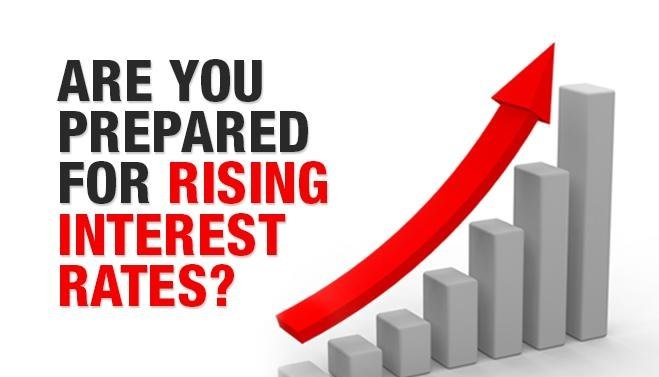For those keeping an eye on the housing market, mortgage rates have been making some notable moves recently. They continued to climb last week, reaching an average of 7.63% for 30-year fixed-rate mortgages in the week ending October 19.
This is up from 7.57% the previous week and significantly higher than the 6.94% from a year ago. The increase in rates is primarily due to the economy performing better than expected and geopolitical uncertainty in the Middle East.
Impact on Affordability
As rates approach the 8% mark, affordability for potential homebuyers takes a hit. Sam Khater, Chief Economist at Freddie Mac, noted that not only are homebuyers feeling the effects, but home builders are also losing confidence due to rising rates. This could lead to a short-term trend of reduced construction, further exacerbating the existing issue of low housing inventory.
The Fed’s Role in Rising Rates
Mortgage rates have been on the rise as part of the Federal Reserve’s efforts to curb inflation. Though there has been progress since June 2022, when inflation hit 9.1%, it still remains above the Fed’s target of 2%. The Fed is closely watching inflation, and the next rate-setting meeting on October 31 and November 1 will provide more insight into their actions.
Market Reactions and Concerns
Recent economic data, such as retail sales and a strong labor market in September, have contributed to the surge in rates. While this data might typically be seen as positive, it has raised concerns regarding inflation and the likelihood of further interest rate hikes by the Federal Reserve. This, in turn, increases the possibility of mortgage rates hitting the 8% mark in the near future.
The Role of Treasury Yields
Mortgage rates tend to follow the yield on 10-year US Treasuries, which is influenced by various factors, including the Federal Reserve’s actions and investor reactions. When Treasury yields rise, mortgage rates also go up. The 10-year Treasury yield recently exceeded 4.9%, a level not seen since 2007.
Challenges for First-Time Homebuyers
With mortgage rates nearing 8% and the summer selling season coming to a close, fewer homeowners are expected to list their homes for sale. Many are hesitant to give up their ultra-low rates, which can be as low as 2% to 4%, for rates that are now more than double. This poses challenges for first-time homebuyers seeking entry-level homes.
Conclusion
In September 2023, the active inventory for entry-level homes was down 6.5% year-over-year and a significant 34.1% lower than four years ago, before the pandemic. Elevated mortgage rates have made it even more difficult for first-time homebuyers who lack the advantage of high home equity. Down payment assistance programs are crucial for such buyers, as they can be the difference between homeownership and not.
In response to this, Freddie Mac has introduced a down payment assistance tool to help homebuyers identify and utilize down payment assistance programs across the country.
